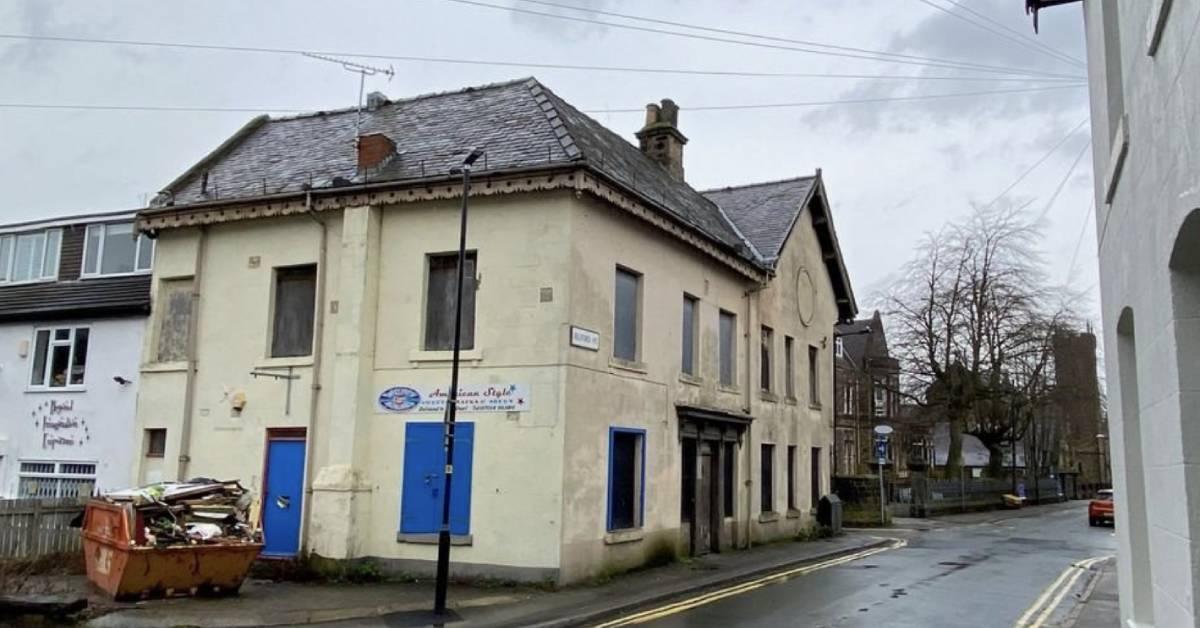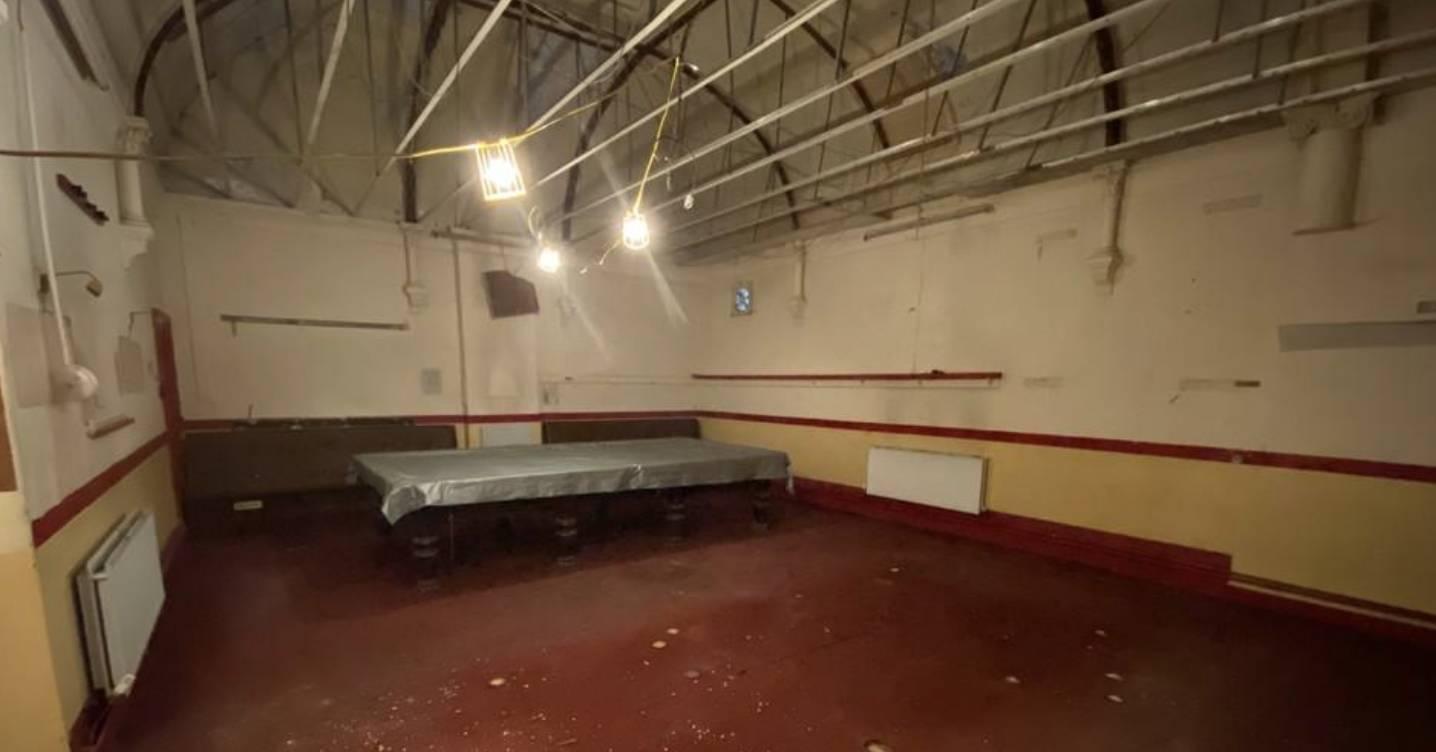Subscribe to trusted local news
In a time of both misinformation and too much information, quality journalism is more crucial than ever. By subscribing, you can help us get the story right.
- Subscription costs less than £1 a week with an annual plan.
Already a subscriber? Log in here.
12
Feb 2022
Malcolm Neesam History: the colourful past of what could become Harrogate's first mosque


Malcolm Neesam
This history is written for The Stray Ferret by celebrated Harrogate historian, Malcolm Neesam.
The first hospital for the people of Harrogate, as distinct from the Bath Hospital in Cornwall Road, was opened in 1870 in three cottages in Tower Street after an appeal by the Vicar of old St. Mary’s Church.
Placed under the supervision of Dr. Loy, patients paid from three shillings to seven and six a week, depending on their means.
Within a space of only two years, the new “Cottage Hospital” was found to be too small, so its governors investigated some property on the opposite side of Tower Street that belonged to a Mr. Hudson, which they purchased for £550, and after refitting, the hospital moved into these new premises in 1873.
The numbers of patients dealt with at the Cottage Hospital increased throughout the decade. During the half year between 13th September 1870 to 14th March 1871, 25 patients were admitted as bed cases and 63 as out patients. During the year 1877-8, the annual total numbered 66 bed cases and 213 out patients.

The former Home Guard club and potential mosque.
In June 1878 the highly esteemed Dr. Loy died. His successor was a Mr. Hartley, who did not remain in position for very long. He was succeeded in 1879 by Dr. Neville Williams as the institution’s medical officer. By the end of the decade, patient numbers had increased to 75 bed cases and 292 out patients.
Charge of the Light Brigade
Perhaps the Cottage Hospital’s most famous patient was Sergeant-Major Robert Johnston, who had participated in the infamous Charge of the Light Brigade, consequently receiving the Crimean medal, which later included clasps for his service at the battles of Alma, Balaclava and Inkerman.
In all, Sergeant-Major Johnston served his country for 22 years, 336 days, during which time his health deteriorated, which was probably why he came to the celebrated health resort of Harrogate.
When Sergeant-Major Johnston died at the Cottage Hospital on 28th November 1882, his funeral was attended by an estimated 20,000 people at a time when Harrogate’s population was around 12,000. He is buried in Grove Road cemetery.
Read more:
- Photos reveal hidden history of Harrogate's abandoned railway tunnel
- Opinion: The big lie
- Malcolm Neesam History: the heyday of Harrogate's cinemas
The following year, the hospital moved into new, purpose-built premises that now contain St. Peter’s School.
The Masons move in
In December 1883, the press reported that the old hospital premises had been purchased by John Richardson and Moses Perkin on behalf of the Harrogate and Claro Lodge of Freemasons, who paid £560 for the building.
They subsequently doubled the size of the building, adding to the older Tower Street section, which dates from the 1840s, the wing that now stands next to St. Peter’s School.
The Masons remained there until moving into their new Station Avenue building in 1931. A little later, the building at the corner of Tower Street and Belford Road was occupied by the Home Guard Club.

Home Guard members would play snooker at the club.
Today, the building presents a somewhat forlorn appearance to the passer-by, as its windows have been covered, the walls are badly stained, much of the external decoration has vanished, and pigeons have left unmistakable signs of their presence.
I was therefore not surprised to see an application to convert the building. I may be alone in this, but I would be sorry to lose this piece of Harrogate’s medical history, particularly in view of its connection with our Charge of the Light Brigade resident, if demolition occurs.
The building, even in its present condition, is an original feature of an especially delightful Victorian townscape, which if restored — assuming restoration is possible — would enhance, rather than diminish, the whole locality.
0